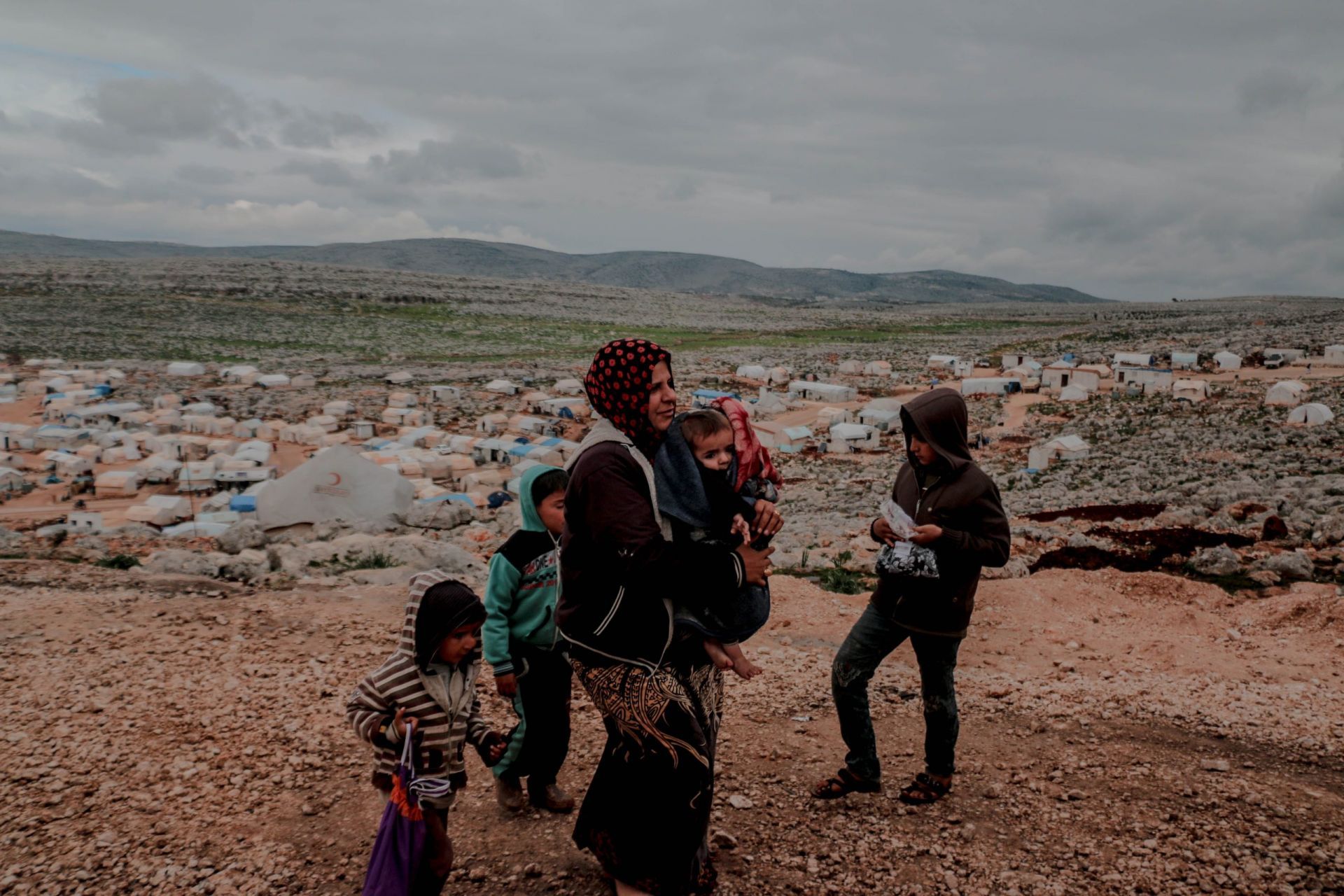Articles
Media Representation of Refugee Women and Children
25 January, 2023

By Maria Kotrotsiou from E-SCHOOL
The refugee crisis is one of the longest-lasting and most urgent global problems, influencing a significant number of people. Among these vulnerable groups, refugee women and children frequently encounter unique obstacles and are disproportionately affected. Despite their significant struggles and adaptability, refugee women and children have been significantly underrepresented in the media (Blumell & Cooper 2019). This article examines the depiction of disadvantaged groups, specifically refugee women and children, in the media and its impact on the public’s opinion and policy.
Absence of Coverage
When it comes to the stories and perspectives of refugees, the news provides little space for these individuals to be heard, focusing primarily on men whose identities were not reported and who were typically referred to as nationals of a particular country (Georgiou & Zaborowski 2017). Since women account for almost 50 per cent of the refugee population according to the UNHCR , the approach from the media has led to a problematic narrative of the displaced and their personal experiences and stories. According to the Refugees Reporting study, only 27% of the individuals mentioned in articles about asylum and migration are female.
Gender and Racial Bias
When refugee women and children are covered by the media, they are frequently subject to gender and racial biases. They are typically depicted as vulnerable victims, helpless mothers waiting for humanitarian aid and support. This portrayal reinforces the stereotype that female refugees lack autonomy and leadership skills, thereby diminishing their power, which is exclusively exercised by males, reinforcing the victimization bias (Amores et al., 2020). These depictions prevent the native population from understanding the complexities of their experiences, resulting in a disregard for their unique contributions to society.
Children and adolescents are equally underrepresented in the media, making them unknown to the public and portraying them in a way that alternates between victimization and criminal behavior resulting from poverty (Baú, 2022). This causes them to frequently appear as a challenge for the receiving country, while their aspirations, talents, and potential contributions to the global community are ignored.
Conclusions
It can be said that refugees’ and migrants’ stories, particularly those of women and children, are rarely reported in the media. This situation has led to the perpetuation of stereotypes about these groups, fostering their marginalization and obstructing their ability to integrate and become successful in their new country.
References
- Amores, J.J., Arcila-Calderón, C. & González-de-Garay, B. (2020). The Gendered Representation of Refugees Using Visual Frames in the Main Western European Media. Gend. Issues 37, 291–314. https://doi.org/10.1007/s12147-020-09248-1
- Baú, V. (2022). Framing the Representation of Refugee Children and Adolescents: A Key Informant Review of the Italian Media. Media Watch, 13(1), 69–86. https://doi.org/10.1177/09760911221086049
- Blummel, L.E., Cooper, G. (2019). Measuring Gender in News Representations of Refugees and Asylum Seekers. International Journal of Communication 13(2019), 4444–4464. Available at http://ijoc.org.
- Georgiou, M., & Zaborowski, R. (2017). Media coverage of the ‘refugee crisis’: A cross-European perspective. Council of Europe report. Strasbourg: Council of Europe. Available online: https://rm.coe.int/1680706b00
